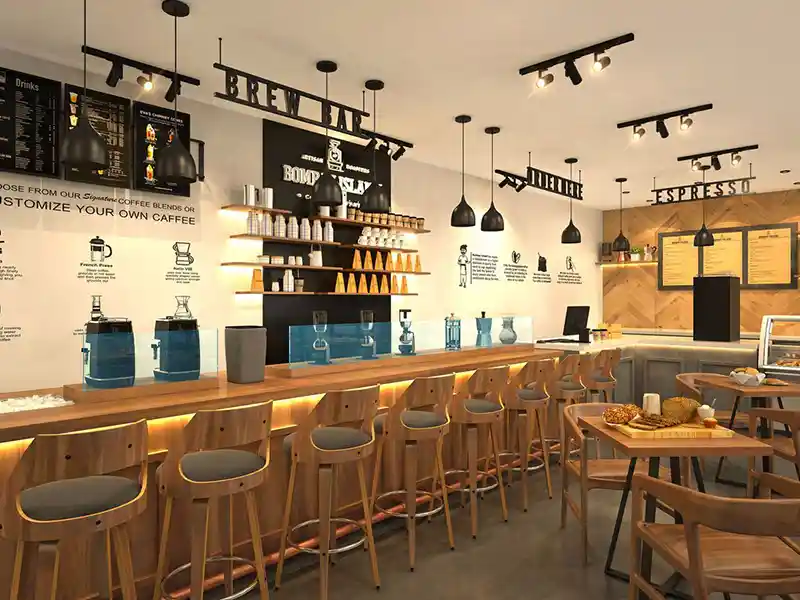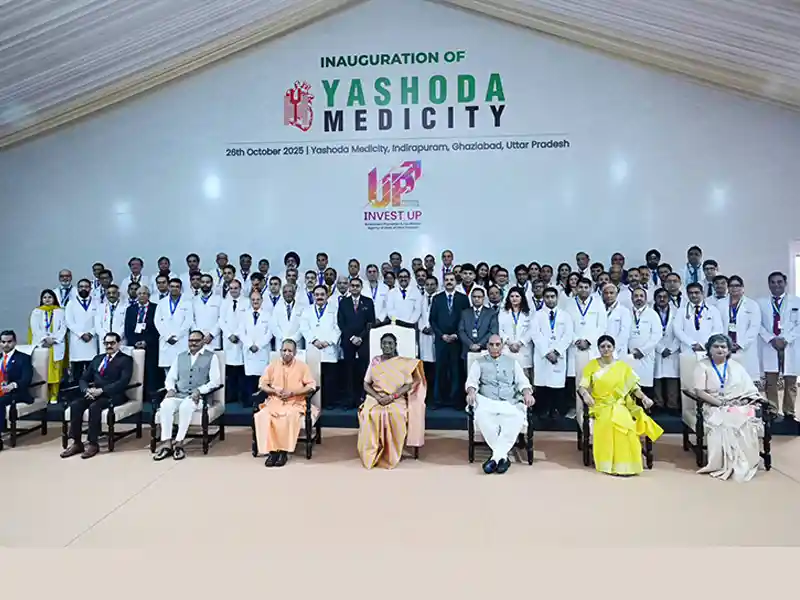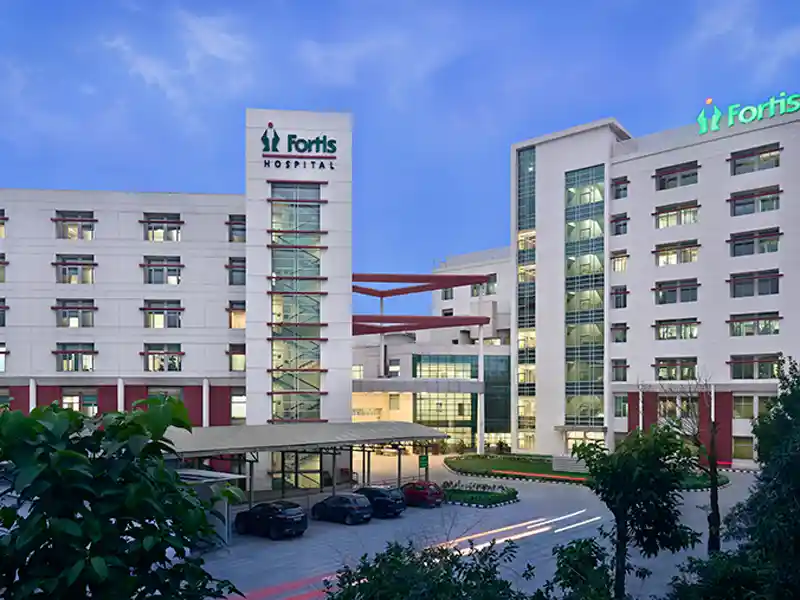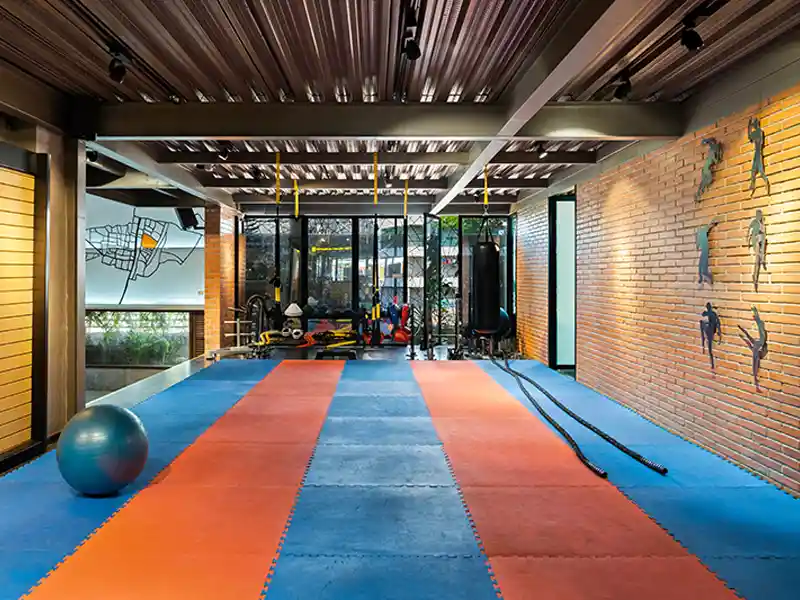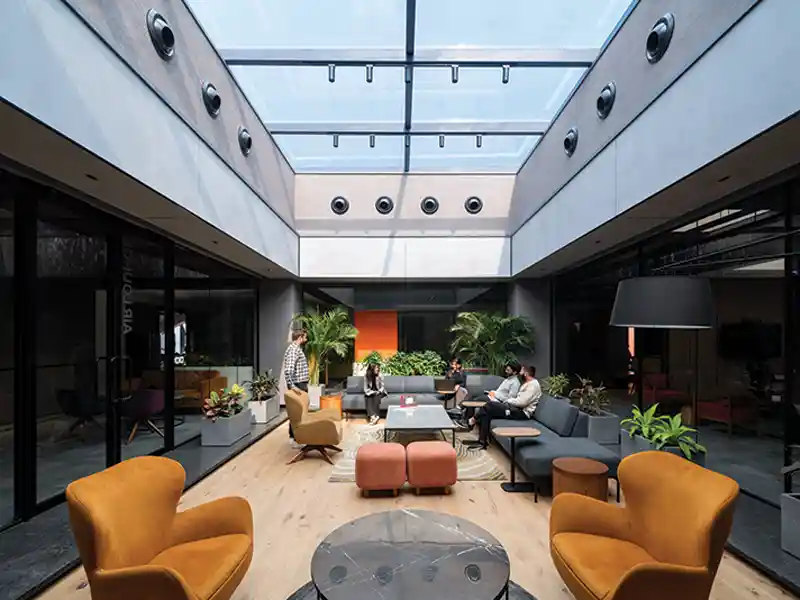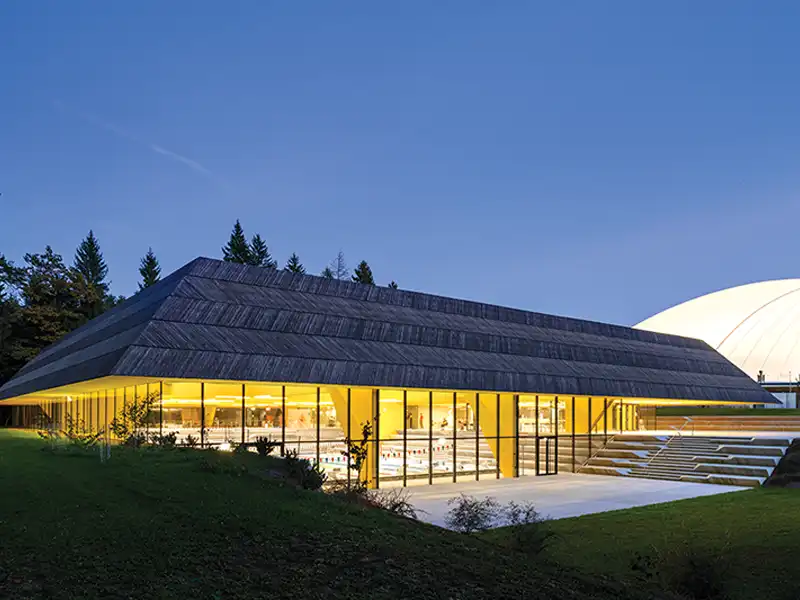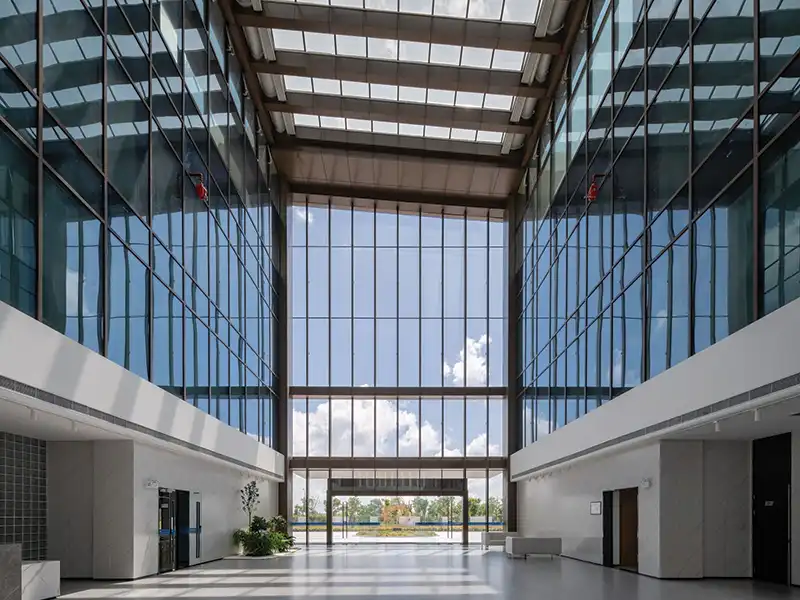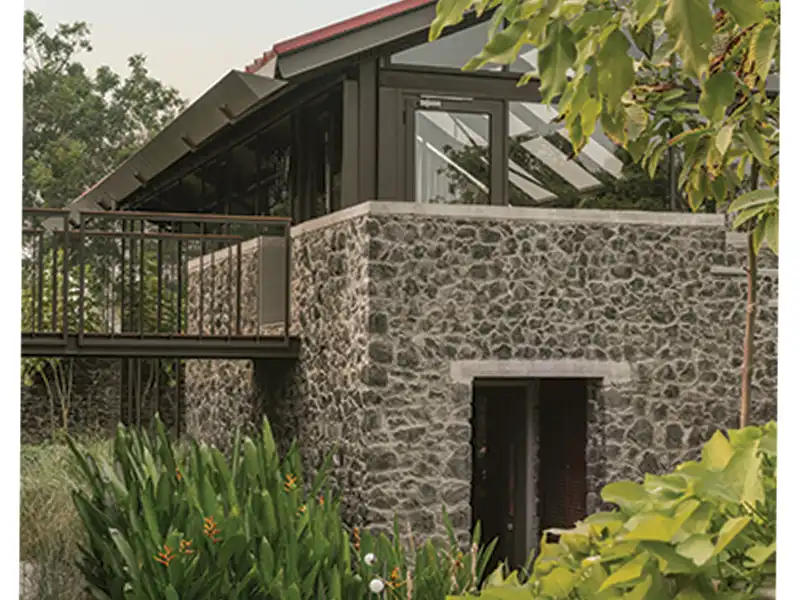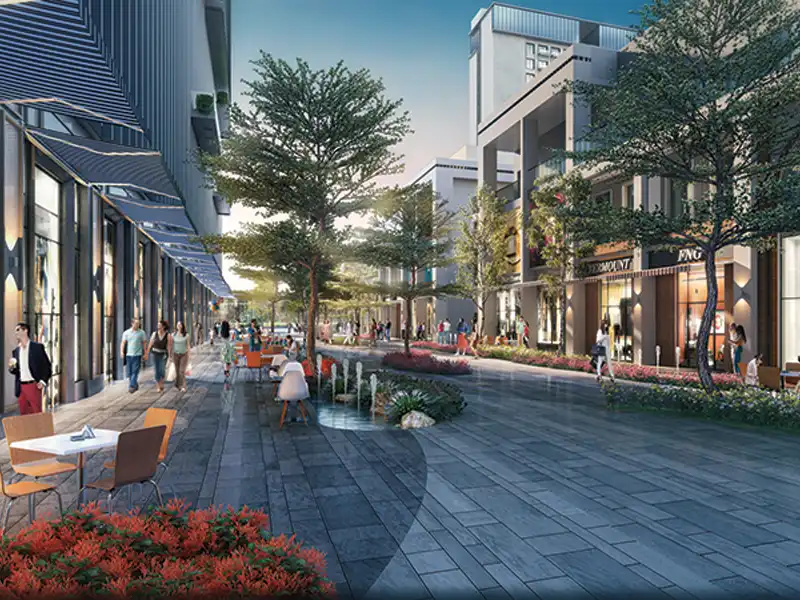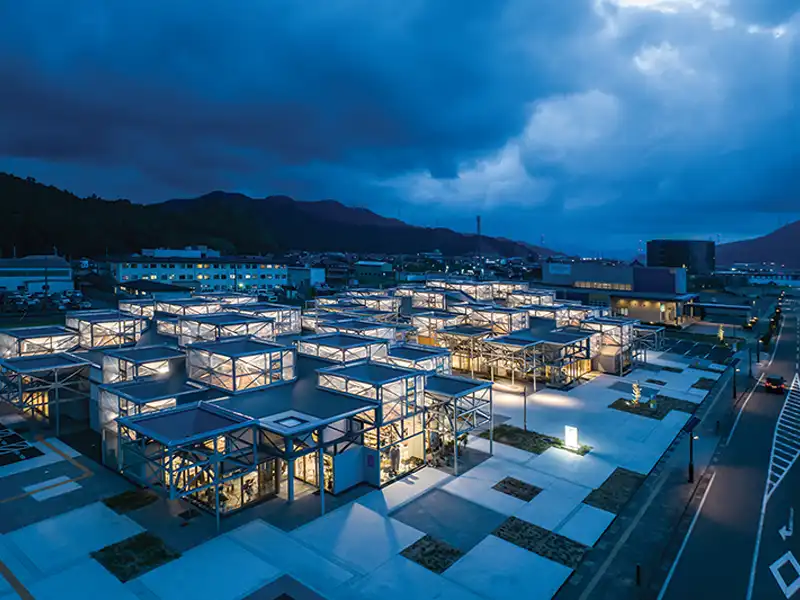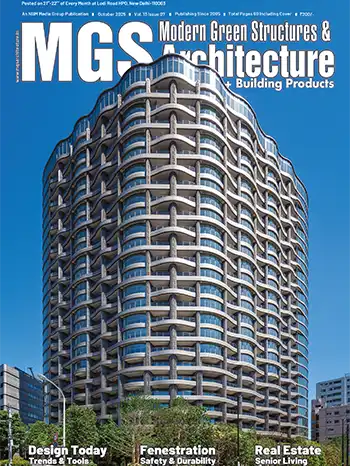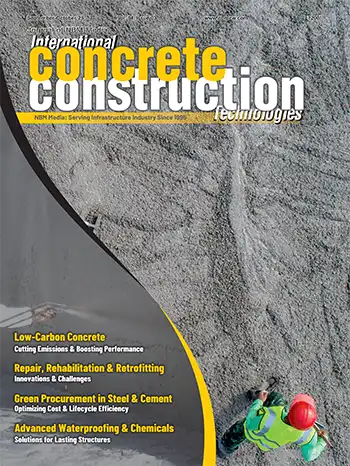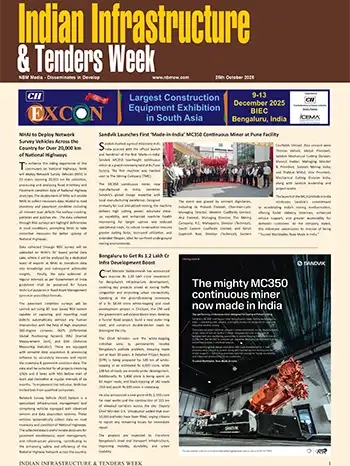
Fact File
Project: STPI (Software Technology Parks of India)Location: Meerut
Structural Consultant: D&R Consultant New Delhi
Civil Works Contractor: NPCC Lucknow
Interior Contractor: Sristi
Building Materials Used: AAC blocks, Dry Cladding with Red Agra, Saint Gobain DGU Glass

The Software Technology Parks of India (STPI) campus is situated near the NH-58 bypass Ved Vyas Puri Yojna in Meerut, UP. The campus comprises a 4-storey building which accommodates the organization’s office, an NOC Area, a multi-purpose hall, GM office, and plug-and-play area with 10-30-seater modules, and other facilities. The office building employs modern IT complex management systems and user-centric planning.
In a site with no particular contextual cues, the built form is expressed as an autonomous entity, through angular juxtaposition of cuboidal masses and space frames.
Ar. Harish Tripathi & Jyoti D Tripathi

The structural design of the building accommodates complete structural grids and attains column-less spaces. The building is planned around a central, rectangular court, which anchors the angularly positioned rooms placed along the periphery. The covering of the courtyard is done using puff panels with partial transparent sheeting to provide enough light in the courtyard and reduce heat gain. The angular porch of the building is supported by a singular 600-mm dia column, creating interesting shadows on the building and in the mirror glass. The pergola comprises a grid of individual, white-painted MS-box sections.
Glass partitions, false ceilings combined with gypsum and acoustic grid ceiling, wooden flooring, modular workstations, raw incubation halls, an open terrace with a restaurant and guest suites, complete the holistic design of the building.


